Fun Sequential Elementary Music Lessons to Develop Music Reading Skills
Fun elementary music lessons and activities that build on prior learning are essential to teach young children to read music.
Some of the links on our site are affiliate links. If you click on a link and make a purchase, we may earn a small commission.
Do you ever wish there were method books for teaching music reading in the elementary grades? Current elementary music textbooks do provide quality repertoire but they do NOT have a sequential curriculum to teach music reading.
At best, the current music texts/online programs haphazardly address music reading skills. This leaves many elementary music teachers in a constant search for songs, lessons, and activities to teach specific music elements and skills.
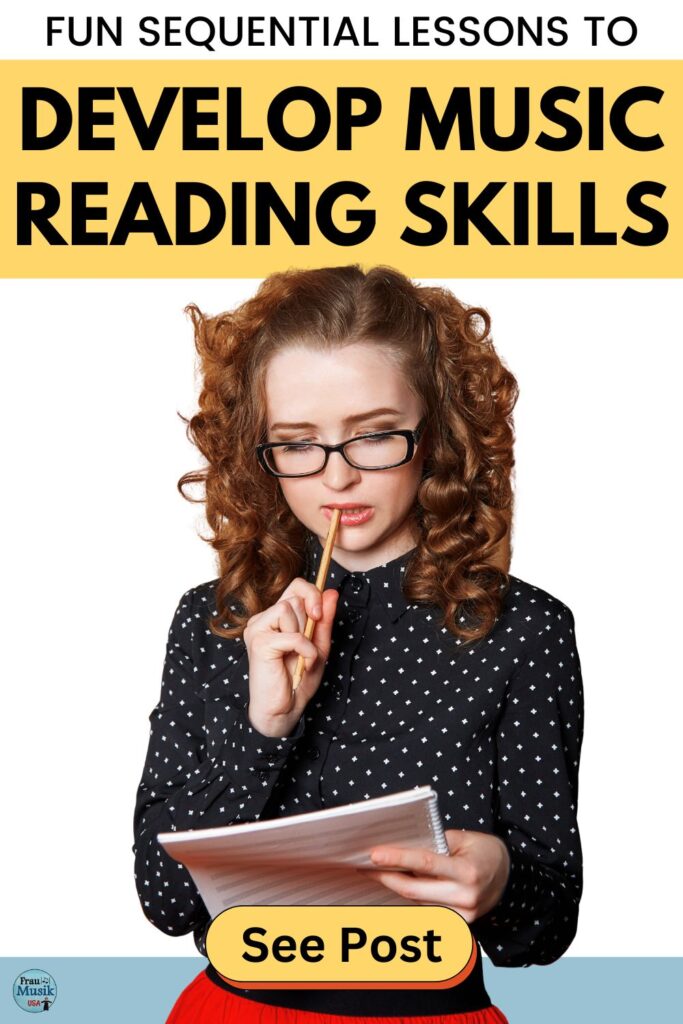
What’s in this post? Click to open the Table of Contents
Instrumental Method Books
Beginning band and string method books have an efficient and effective sequence to introduce musical elements in a logical and systematic manner. Instrumental method books provide guided practice to build skills and proficiency before additional elements are introduced. Lessons build slowly upon one another and make music reading concepts easy to understand.
The Kodály Method identifies a similar pathway to teach young children to read music. It provides a model which may be adapted to meet the needs of any elementary music classroom.
An Eclectic Approach to Elementary Music Methodologies
The best approach is an eclectic approach. When you integrate Kodály, Orff, and Dalcroze methodologies you create a well-round elementary music program. But, the Kodály method with sequential song-based lessons has formed the backbone of my music literacy lessons for many years.
Developing Music Reading Skills with Kodály-Style Lessons
If you’re not familiar with the Kodály approach, the Organization of American Kodály Educators (OAKE) provides a simple, succinct summary of the Kodály concept on their website. Here, I will simply say the foundation of the Kodály approach is singing which should be taught in a natural environment as a child would learn to speak.
The repertoire consists of high-quality folk songs which is one of my favorite genres. Songs are taught in a playful manner with games and engaging activities. The foundation of the Kodály method is carefully crafted, sequential lessons that build on prior learning.
Rhythm reading syllables and solfege pitch reading are the main tools of the Kodály method.
3 Essential Steps of the Kodály Method
The Kodály method provides a strong foundation for developing music with three essential phases.
- Prepare
- Present
- Practice
During the prepare phase, students are first introduced AURALLY to musical concepts. They learn and experience the elements in repertoire through singing, moving, and playing. A variety of activities are used to prepare each musical element. Movement, songs, chants, games, and developing repertoire all play an important role in the preparation phase.
Students must be “prepared” before new elements are named or read in the present stage. And, only one element is presented at a time.
The present phase is when the musical element is named and introduced. Everything that happens after that is practice. The practice phase, of course, is the longest phase.
For more information about the Kodály method see the Kodály Music Institute.
Movable Do
Kodály was a proponent of teaching movable Do. Even today many elementary music teachers shy away from teaching movable Do because they lack the time to prepare lessons. And ready-made elementary music lessons that teach movable Do are not easy to find.
But teaching movable Do is important. When you teach the same songs in several different keys using a consistent method, key changes become commonplace. Thus playing in various keys is not “scary” for students who are learning to play instruments in band or orchestra.
Kodály Song Resources
The American Folk Song Collection hosted by Holy Names University is a fabulous FREE online resource to find Kodály songs and games. Search their collection of over 500 indexed folk songs.
Check your local public or university libraries. They should be able to get the texts below through interlibrary loan. Or, you may want to build your library of Kodály method books. Take a peek at a few of these American standards below.
- The Kodály Method by Lois Chosky. I cannot believe how expensive this book has gotten since I purchased mine. Look on Amazon, they had some used books for approximately 70% off. This will give you a good historical perspective of the origins of the Kodály Method.
- 150 American Folk Songs to Read, Sing, & Play published by Boosey & Hawkes. This fabulous song resource follows the Kodály sequence.
- Sail Away 155 American Folk Songs to Read, Sing, & Play also published by Boosey & Hawkes is the sequel to “150” and also follows the Kodály sequence.
- Kodály Today Handbook Series by Micheal Houlahan and Philip Tacka provides an updated approach with engaging music repertoire for the elementary music classroom.
There are MANY more books available to expand your Kodály knowledge base and repertoire but these are a few of the staples.
The Kodály method provides a tried and true basic system to develop music reading skills in the elementary grades. Most teachers adapt the method to best fit into their elementary music curriculum. See this post for more information on teaching rhythm reading in the elementary grades, Stick Notation vs. Standard Notation.
Sequential Repertoire of Elementary Music Lessons
Developing music literacy in the elementary grades does not happen by accident. It requires sequential lessons and activities that build on prior learning. You CAN create your own lessons but it does take time.
If you don’t have time to create all of your own elementary music lessons, give yourself a break. Take a look at some of the NO-PREP complete bundles below. Our resources teach movable Do in a manner that’s simple and easy for teachers to teach and for students to understand.
The resources below include the following.
- Projectable PowerPoint lessons
- Directions for use with Google Slides
- Songs
- Games
- Instrumental activities
- Printable Take it Home sheet music pages
- Digital Easel Activities
- Plus other activities to reinforce learning.
Click to “Follow Mi” on TpT so you’re notified when new resources are posted.
Save over 35% when you invest in the sequential Mega Activity Bundle.
We Make Happy Music Teachers
There WAS no such thing as an elementary music method book for teaching music reading. So, I created one! And to be the most beneficial for my elementary music classroom and for other elementary music teachers, it’s a DIGITAL version designed to be projected on your classroom whiteboard.
Our Music Activity Bundles have been used by thousands of students.
See What These Happy Elementary Music Teachers Have to Say
⭐⭐⭐⭐⭐ Alan D. – This bundle is the perfect way to teach So-La-Mi through a variety of songs and musical activities connected to the songs. This resource centers around actual repertoire (i.e. songs) as opposed to isolated musical exercises. I highly recommend this!
⭐⭐⭐⭐⭐ Susan W. – This is a great resource because it’s able to be extended across several lessons and developed for whatever classroom instruments are available.
⭐⭐⭐⭐⭐ Cheryl T. – These are FANTASTIC! Everything is ready for you to just start teaching! I love the little assessment at the end as well. Thanks so much!
⭐⭐⭐⭐⭐ Jennifer M. – My students love these arrangements! They’re always excited to perform on the instruments and know many of these songs by rote, which adds another layer of excitement as we can build upon previous learning.
⭐⭐⭐⭐⭐ Diane J. – This bundle is great for tying everything together. Such detailed step-by-step makes teaching solfege easy.
⭐⭐⭐⭐⭐ Cheryl K. – I appreciated being able to find accurate and ready-made visuals to use for a song I always include in my lessons. Saved me lots of time creating my own.
⭐⭐⭐⭐⭐ Alissa R. – Students loved this activity! Very helpful song to teach do, re, mi and key change! Students were very engaged. I also really liked the take-home activities to reinforce concepts. Thank you so much!
Do You Need a Lesson or Two to Use as a Model?
Take a closer look and browse through some of our Music Literacy Bundles. Each activity is available separately as well as in each leveled skill bundle and the Mega Bundle.
Take a minute to identify the gaps in your curriculum. Then, click on the bundle that best meets the current needs of your classroom. Take a peek at the individual resources in each bundle to learn more.
Method “Books” for Elementary Music Really Do Exist!
This is the closest thing to a sequential method book for elementary music that I have found. You can create your own elementary music method book too. Having a sequential repertoire makes lesson planning SO much easier and when you incorporate add-on performance-based music activities, games, and digital activities you make teaching and learning more engaging and enjoyable.
You can create a music reading plan to develop your students’ music reading skills and have FUN doing it! 😊
Think you don’t have time to teach music reading lessons every day?
It takes time to build students’ music literacy skills. But teaching music reading EVERY DAY is easier than you think. Take a peek at 10 Tips to Integrate Music Reading into Every Lesson for actionable steps that you can begin to implement today.
Related Posts
- 3 Simple Steps for Teaching Music Reading in the Elementary Grades
- 10 Tips to Integrate Music Reading into Every Elementary Music Class
- Elementary Music Rhythm Reading Standard Notation vs. Stick Notation
Meet the Author
Terri Lloyd is a former elementary music teacher with over 25 years of experience. She holds a Bachelor of Music, a Master of Science in Education, and a Technology Certificate in Instructional Design.
She is currently active in music education through blogging, workshops, and curriculum development. She serves on the music staff at her church and volunteers for an after-school children’s program. Terri is an active musician in the community, performing in a local Big Band, pit orchestras, and various events.
Featured Kodály Resources 📚
Last update on 2024-04-25 / Affiliate links / Images from Amazon Product Advertising API
Last update on 2024-04-25 / Affiliate links / Images from Amazon Product Advertising API
Last update on 2024-04-25 / Affiliate links / Images from Amazon Product Advertising API
Last update on 2024-04-25 / Affiliate links / Images from Amazon Product Advertising API
Last update on 2024-04-25 / Affiliate links / Images from Amazon Product Advertising API
Last update on 2024-04-25 / Affiliate links / Images from Amazon Product Advertising API
Last update on 2024-04-25 / Affiliate links / Images from Amazon Product Advertising API
Last update on 2024-04-25 / Affiliate links / Images from Amazon Product Advertising API
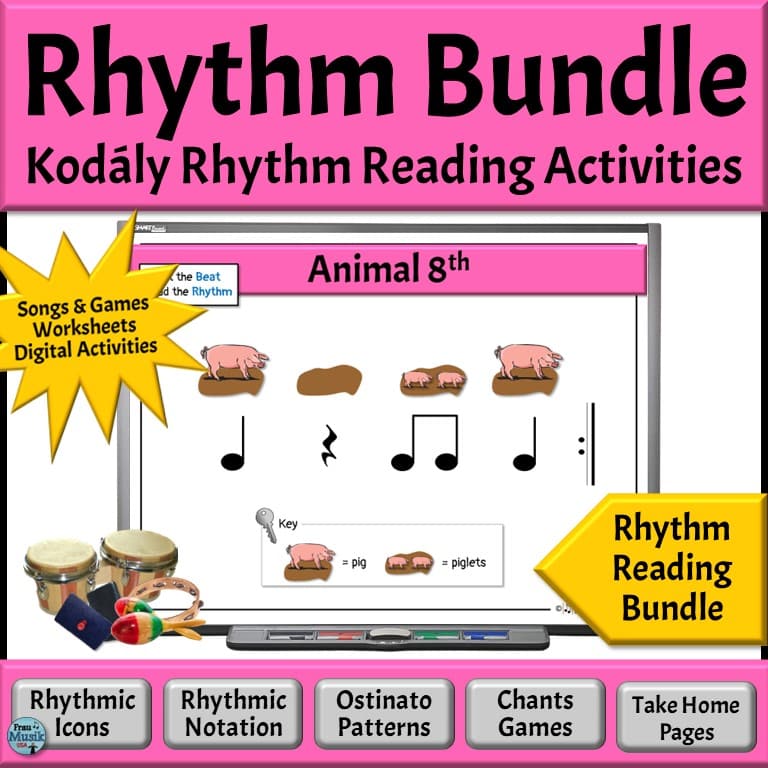
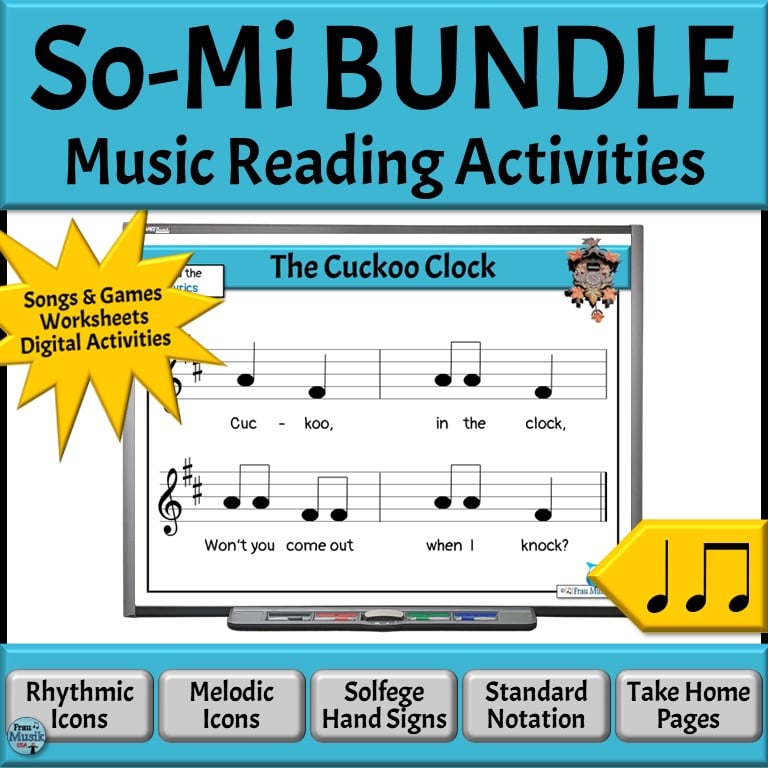

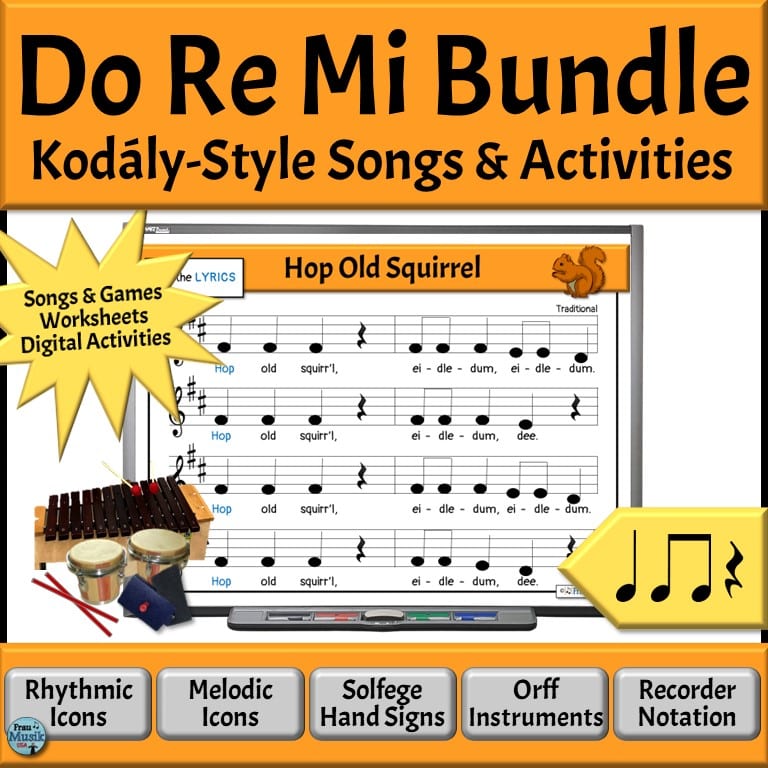
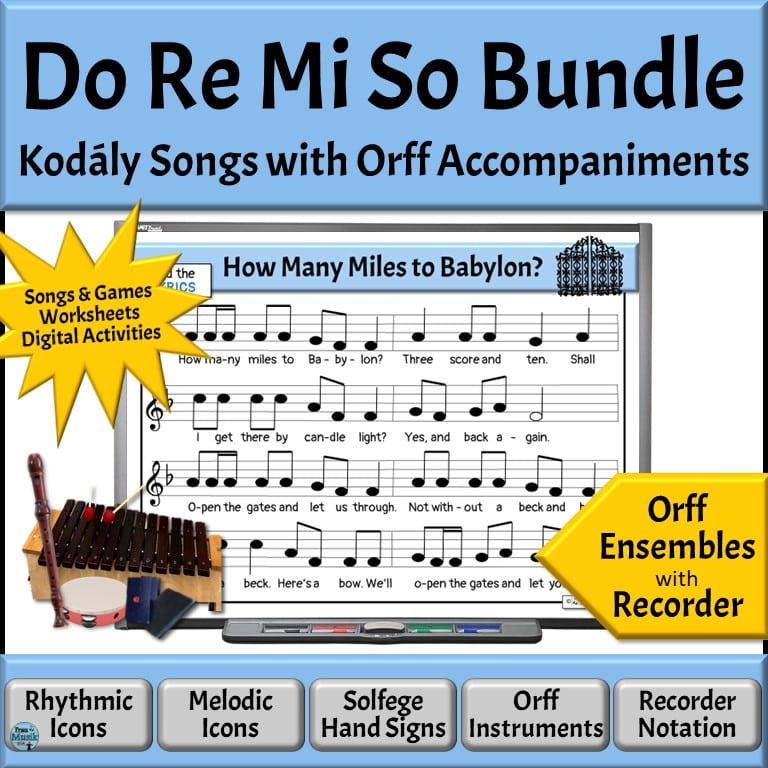
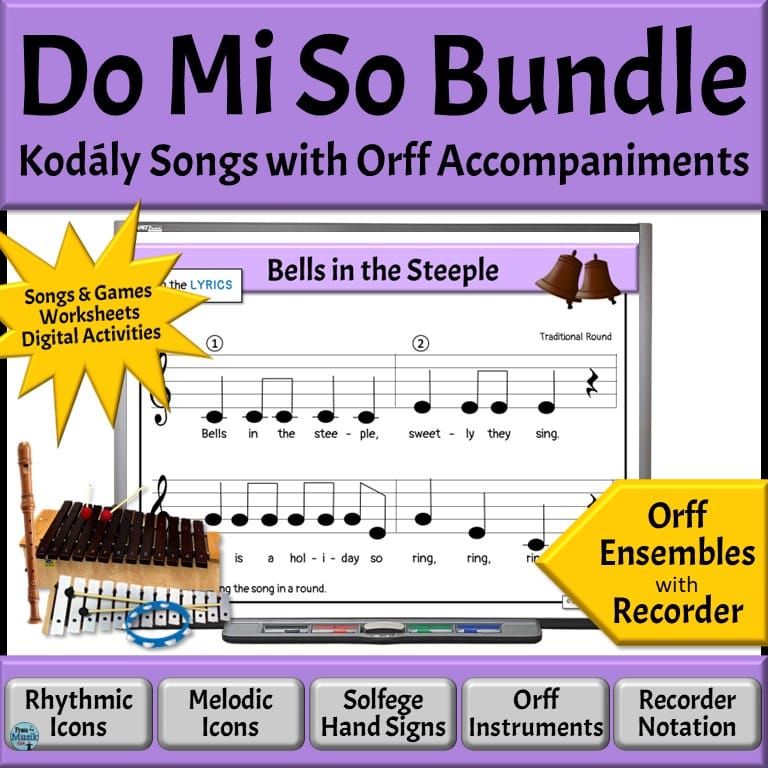
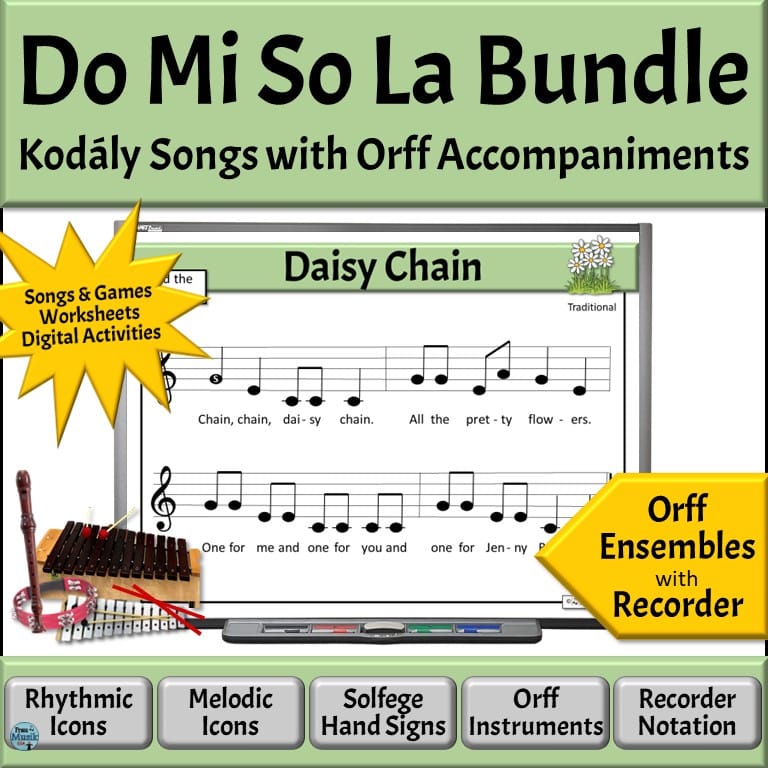
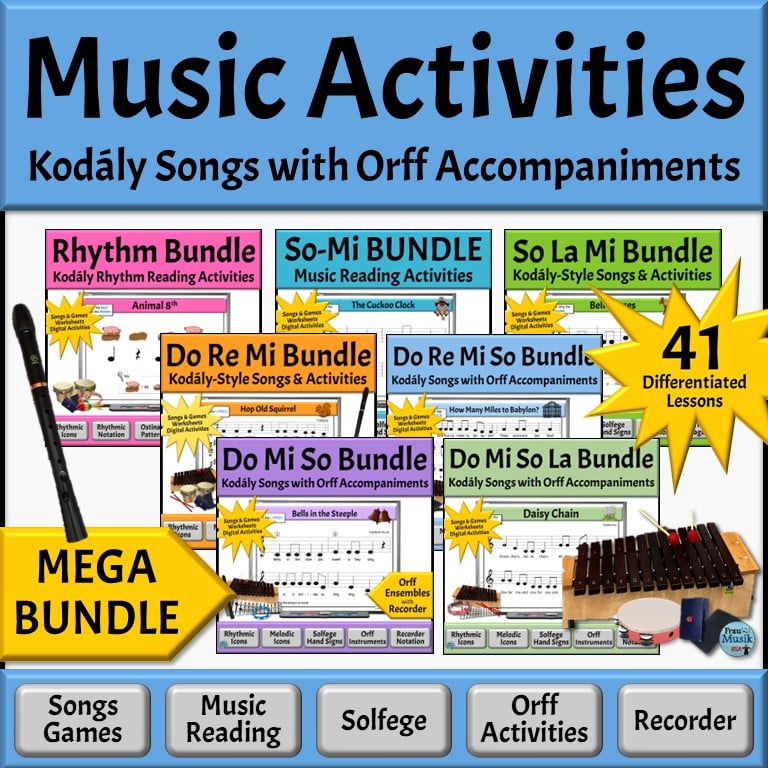
8 Comments
Comments are closed.